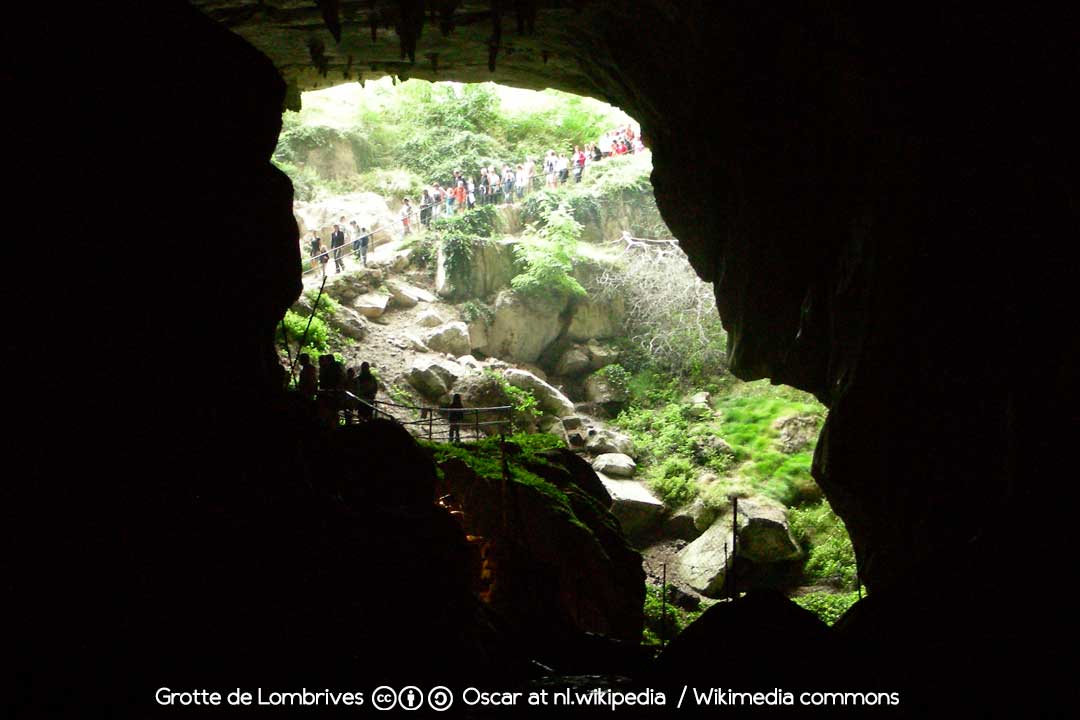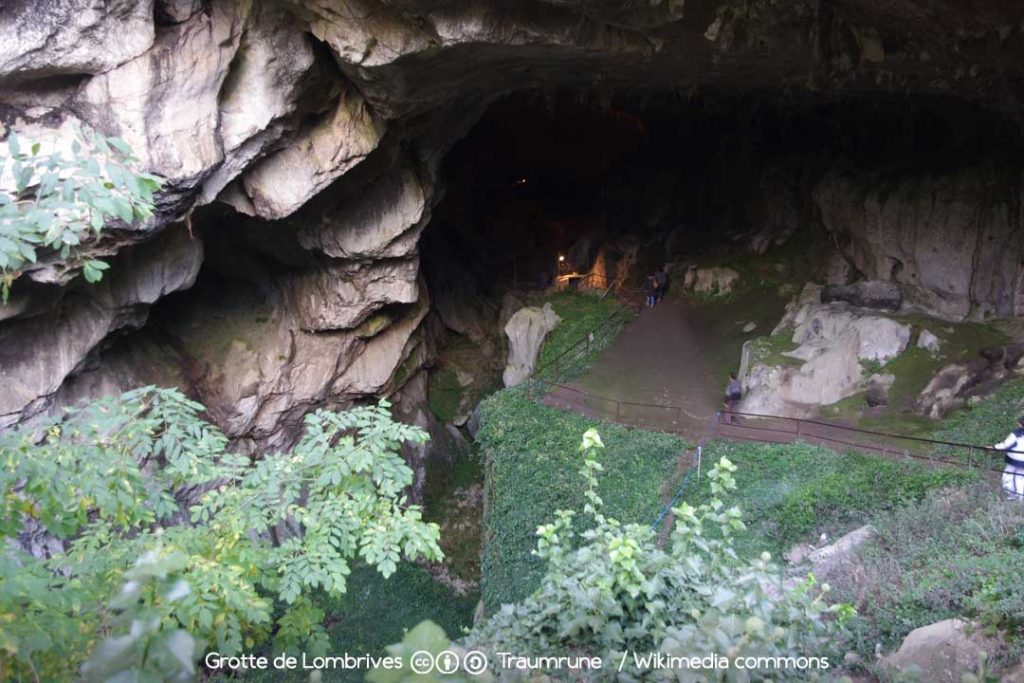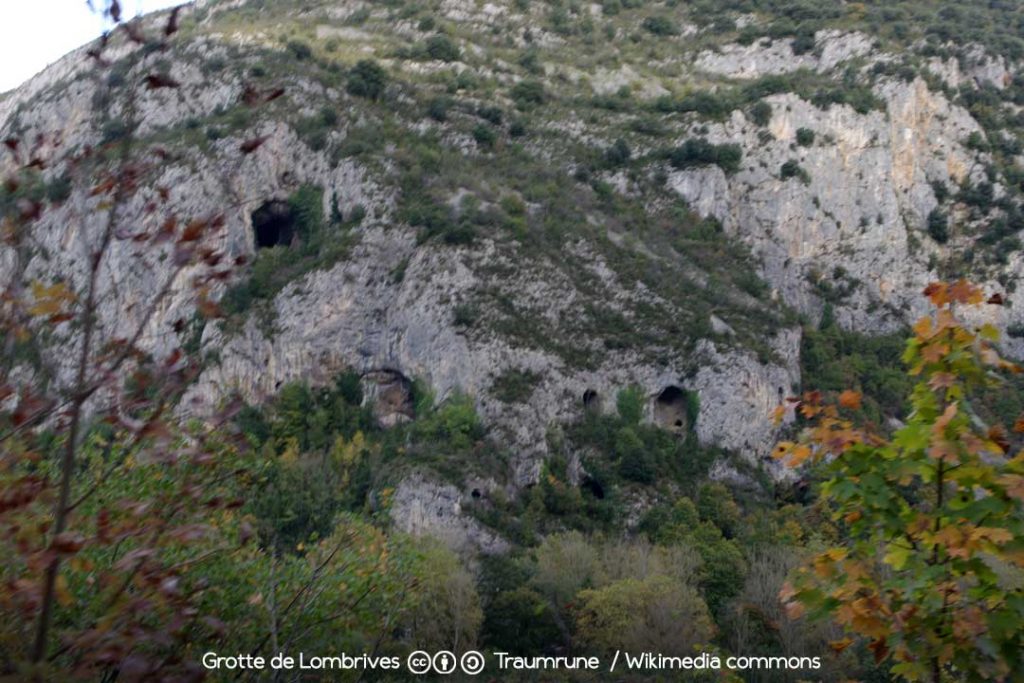Grotte de Lombrives

The Grotte de Lombrives, or Lombrives Grotto, is the largest cave in Europe. Located in Ussat-les-Bains, between the Vicdessos and Ariège valleys, south of Tarascon in France, it has served for millennia as a refuge for humans.
Lombrives' underground network is the largest in Europe and is listed in the Guinness Book of Records. It has many kilometres of galleries and extends over seven different levels, formed more than 20 million years ago.
A visit to the cave will allow you to discover the natural decorations and the splendid concretions, such as the Mammoth, the Witch and the Tomb of Pyrenees, among others.
It is the largest visitable cave in Europe, where long periods of glaciers have shaped its incredible formations. One of its most spectacular cavities is the Cathedral Hall, which has a volume similar to that of Notre Dame de Paris. Cameras are allowed.

Trails
Lombrives is one of the most visited sites in Ariege. The grotto is available for a variety of tours adapted to the tastes of its visitors. It is recommended to bring warm clothes, as the temperature inside is around 13 degrees Celsius, and appropriate footwear.
The classic circuit lasts between one and two hours. The youngest members of the family can also visit Lombrives, from the age of 9. In the summer, longer routes and hiking trails are available for hikers.
For those who wish to learn more about the mysteries of the cave, you can opt for a guided tour with a speleologist. The tour lasts about four hours and can take place in the morning or afternoon.
For visitors, a helmet and headlamp are provided.

Acoustics at Lombrives
The Cathars, who practised a religious custom that spread in the area in the mid 10th century, considered the Grotte de Lombrives their spiritual treasure.
The truth is that it enjoys exceptional acoustics and is an ideal place for both meditation and singing. For this reason, concerts are held here that take advantage of the special arrangement of the sound inside the grotto's cavities.
Lombrives and the Cathars
After the fall of the castle of Montsegur in 1244, the Cathars had to go into hiding to save their lives, as they were persecuted by the French troops and the Catholic Church.
The places to hide then were mountains, forests and caves. Flight was the only way to preserve their religious beliefs.
Legend has it that the Grotte de Lombrives was a refuge for the Cathars, although there is no reliable historical evidence to prove it. It is even said that the Cathar bishop Aimiel Aicard sought refuge in Lombrives.
Don't miss any adventure in the Pyrenees!
